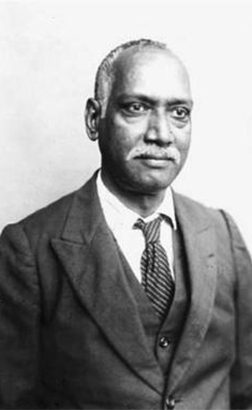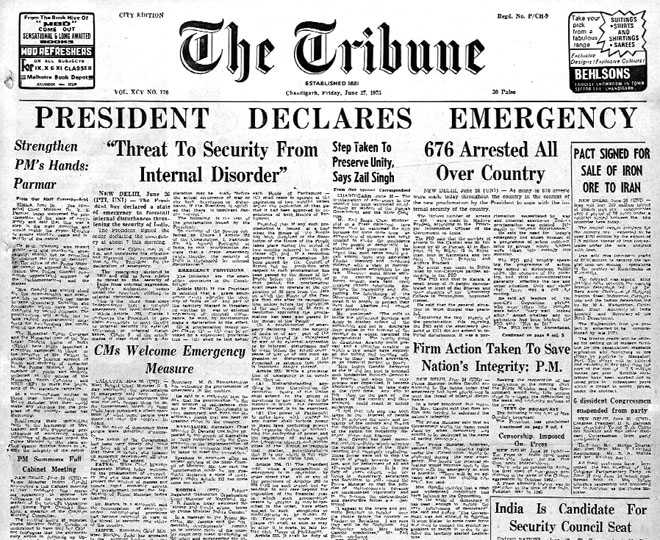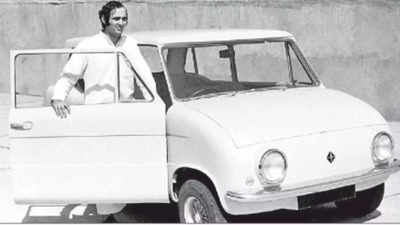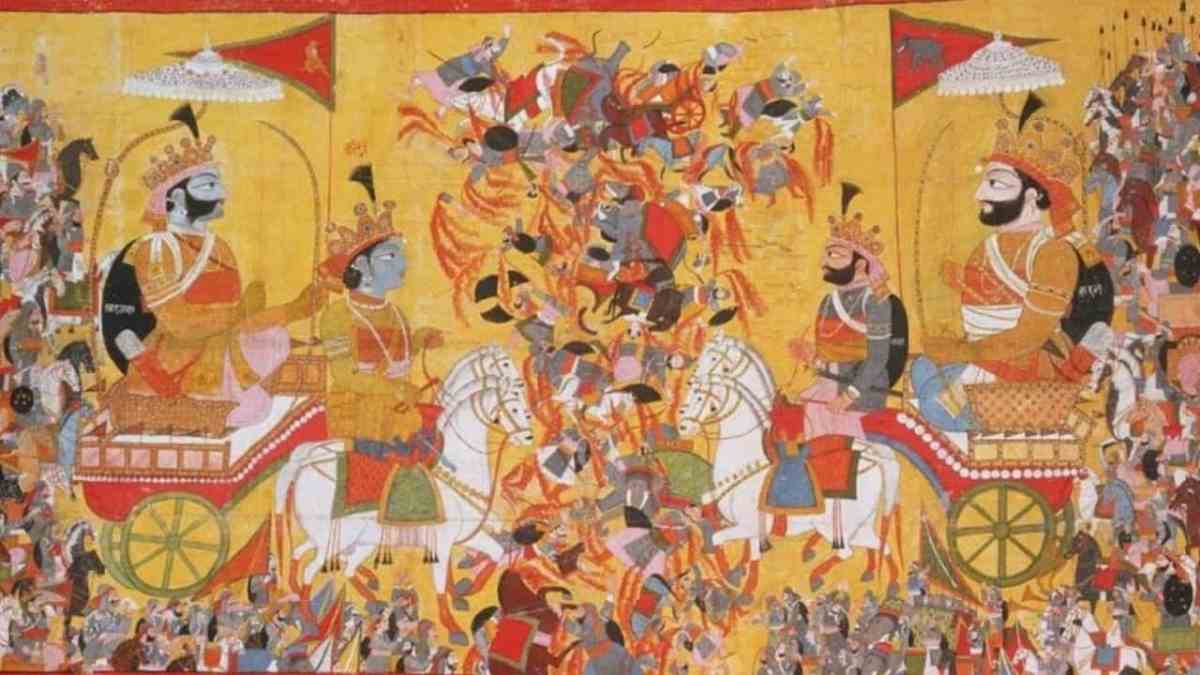It isn’t about easy listening at all, because much of it isn’t. But, surely it has to do with unhurried contemplation and music.
74 year old, Mark Freuder Knopfler published his 10th solo album on 12th of this month. And I got to sit down and listen to all of it in multiple instalments through the subsequent week.

Between his last two Dire Straits albums and later, Knopfler has done soundtracks, and four fantastic collaborative albums.[1] And then, after the group broke up, ten albums including “One Deep River“, some six years after his previous one.
His previous Down the Road Wherever had a familiar mix of bluesy rock and Irish influences, with some tracks leaning towards mellow ballads and others featuring a more upbeat groove. Some songs were forgettable, Knopfler shone injecting some new elements like jazz and funk into his signature sound, making it a steady listen for fans.
Mark Knopfler’s latest, “One Deep River,” feels like a contemplative journey down a slow moving English canal. The Tyne river, that bisects Newcastle, where he grew up, appears as a recurring theme throughout the album. The Tyne river bridge is on the album cover too. Knopfler explores themes of memory, aging, and the passage of time with a quiet wisdom and a craftsman’s touch.
The album opens with a burst of the familiar. “Two Pairs of Hands” sounds like as if J J Cale’s “Durango” and Knopfler’s trademark guitar work had a love child. Here, he wryly contemplates the challenges of leading a band under the scrutiny of thousands. The “Ahead of the Game” a reflection on his enduring love for music, with his signature style two part riff.
Knopfler then steers the album into a different direction. “Smart Money” is kind of Margaritaville-esque, with a flowing melody and piano flourishes. “Scavenger’s Yard“, on the other hand is gritty and dirty, with a bluesier soundscape, the protagonist navigating the dark underbelly of a metaphorical “Scavenger’s Yard.”
However, the heart of “One Deep River” lies in its introspective ballads. Tracks like “Black Tie Jobs” and “Watch Me Gone” are about Knopfler’s storytelling. The former, check the slow waltz, paints a picture of a bygone times, and subtle relationships. The latter country-folk leaning song, talks about an individual’s (musician?) leaving for a bigger town, leaving childhood memories and heartaches behind. Are the name-dropping of Dylan and Van Morrison references to Knopfler’s own influences?
Train imagery weaves its way through the album, a recurring symbol of life’s journey. “Tunnel 13” is a bard telling the tale of a real-life train robbery. Catch Greg Leisz on his pedal steel guitar. Very smooth. However, I found the opening chorus silly and distracting.
“Before My Train Comes” is almost a gentle sway of the music hinting at the inevitability of life and time. This use of trains reminds me of Bob Dylan’s “Slow Train Coming” and Knopfler’s collaboration therein. I felt that a little bit of that energy would have helped some of the more languid patches of the album.
The melancholic mood deepens with “Janine” which mixes the fading embers of a rodeo romance with the harsh realities of a fading boomtown. Knopfler’s guitarwork echoes the emotional desolation.
While the album felt melancholic, there is also a sense of disquiet running an undercurrent beneath some of the songs. “This One’s Not Going to End Well” hints at anxieties about a rising of global unrest, the song’s nautical theme a stark contrast to the comfort of the river imagery explored elsewhere. Perhaps the sequencing contributes to this unease.
The album’s pacing slows down in the middle, with several ballads strung together, before regaining its footing with the title track. The last number, “One Deep River” is majestic, almost. You might be able to recall some short licks, and lilts reminiscent of his music in “Missing…Presumed Having a Good Time“.
“One Deep River” felt somewhat meditative, about life’s twilight. Knopfler’s voice, the comforting baritone, remains a mellifluous anchor throughout, his lyrics imbued with a subdued wisdom acquired from a life spent observing and reflecting. The musicianship is impeccable, with Knopfler’s longtime collaborators weaving their magic around his compositions. Guy Fletcher is on the keyboards, by the way.
However, the album’s greatest strength is also a weakness. Knopfler’s commitment to a slower, more contemplative sound may leave some listeners yearning for the occasional burst of energy that characterized his earlier works. Those seeking a vibrant tapestry of sound may find the album’s consistent melancholic mood a bit too much to handle.
To me, “One Deep River” is a rewarding listen for those who appreciate Knopfler’s singular style. I have listened to some of the songs many times now. This album unfolds slowly, its subtleties revealing themselves with repeated listens and the songs grow on you. It surely does not possess the energy of his younger days, it presents a poignancy in reflection on the passage of life, reflectively delivered with grace and artistry.
[1] One with Chet Atkins, two with Emmylou Harris and one as a part of the mercurial group Notting Hillbillies






































